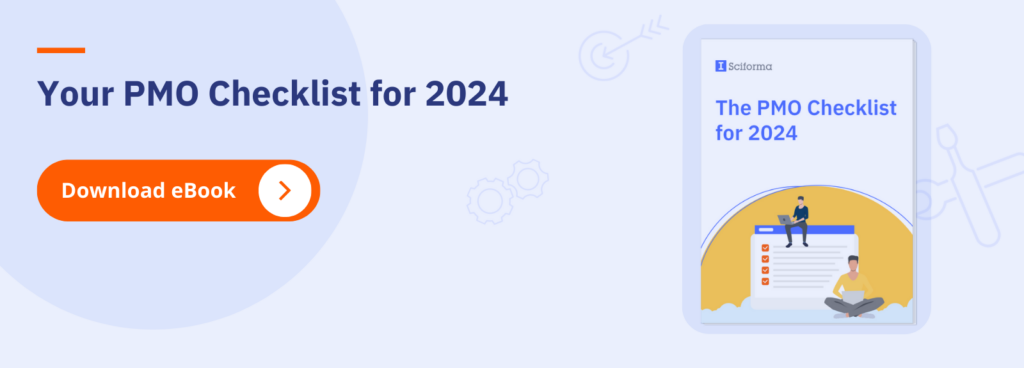- Home
- Blog Center
- How to Pick the Right Framework for Your Agile PMO
How to Pick the Right Framework for Your Agile PMO
For a PMO, the importance of embracing agility cannot be overstated in today’s business environment. An agile PMO is inherently responsive, enabling the organization to swiftly adapt to changing priorities, market demands, and unforeseen challenges. It will foster a culture of continuous improvement, encouraging teams to embrace change and iterate on project processes. This adaptability is particularly crucial in an era of rapid technological advancements and evolving customer expectations. As such, it is necessary to pick the right PPM framework to help your agile PMO succeed.
Several frameworks can significantly contribute to helping an agile PMO succeed.
Overview of Agile PMO Delivery Frameworks
The Agile framework itself provides a foundation for iterative and adaptive project management.
This Agile label encompasses dozens of various PMO methodologies and frameworks, either proprietary or publicly available.
- Scrum is a now ubiquitous approach to project management and software development. It breaks down projects into short iterative sprints in order to better meet customer or user expectations.
- Six Sigma injects quality control and management techniques into project management to enable timely identification of inefficiencies and defects.
- Kanban, another widespread framework, takes a visual approach to project management. It materializes project workflows on shared billboards to help teams to self-organize.
- Lean methodologies review processes to track down waste and inefficiencies and streamline workflows.
- The Scaled agile framework (SAFe) is designed to help organizations scale Agile practices beyond a single team.
- Finally, the Disciplined Agile framework offers a toolkit that blends various Agile and Lean strategies to accommodate different project contexts.
Each of the agile PMO frameworks mentioned above has its own processes, tactics, prerequisites, implications, and benefits for addressing the specific challenges and expectations of the agile PMO.
What to Look For in an Agile PMO Framework
Making the correct decision will involve taking a number of variables in consideration. The size of the business, its culture, the type of PMO, are just some of the parameters coming into play.
So, first, it is essential to understand why your PMO needs to grow more agile. What are the limitations you’re currently bumping into with your legacy PPM methodology? How do you expect agility to solve the problems? Which other benefits you are hoping to achieve? And, importantly, who within the organization is supporting the initiative?
This effort to get the lay of the land will be instrumental in determining which agile PMO framework you need. For example, Scrum is great for software/technology development projects and for other initiatives with volatile and evolving requirements. It is also a good choice for PMOs that want to accelerate the transition to digital ways of working. But embracing Scrum may require quite a bit of change management effort at first.
On the other hand, newer Agile frameworks such as OpenAgile place emphasis on systematic learning and team cohesion. They usually do wonders for PMOs that are after a simple path to more agile management.
First-time adopters of agile methods should give preference to a framework that marks a clear difference from the PPM/PMO methodology formerly in place in the organization (usually Waterfall) in order to avoid confusion and to thwart the human tendency to fall back on the old ways.
How to Make the Decision
Ultimately, the right solution is the one that provides the most value for the PMO team. After all, a core tenet of the Agile approach is team empowerment. This is why it is recommended to make the choice of a PMO agile framework a collaborative decision. It is usually a good idea to involve the teams that will be impacted by the change early on. Give them the option to experiment with different frameworks!
This should help you build a group of highly engaged users who may actively support your change management effort. These champions will help ensure the success of your transition to an agile PMO framework.
The choice of the most appropriate framework for your agile PMO really depends on your goals and ambitions. To make the right decision, it is essential to understand what your drivers and blockers are.







